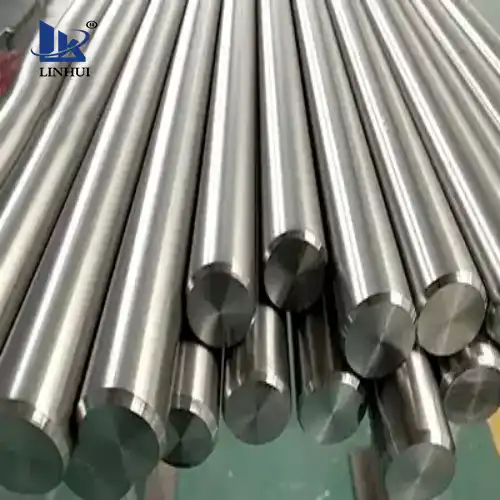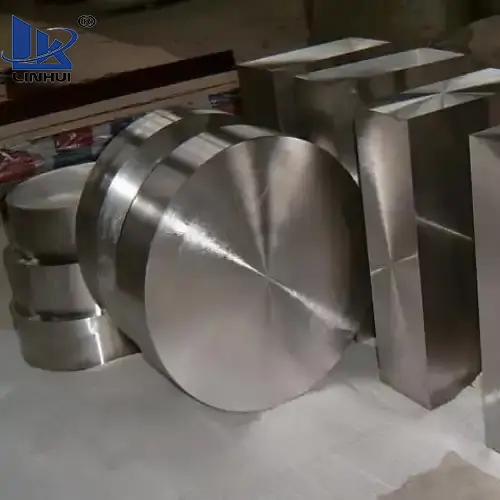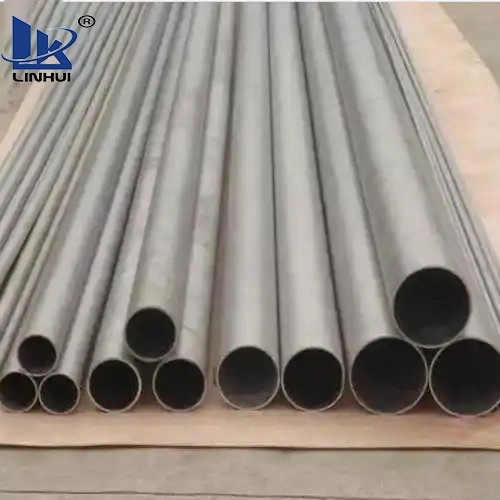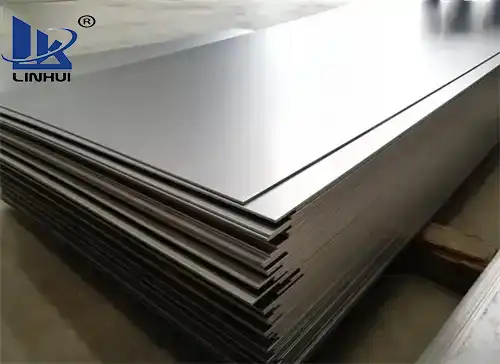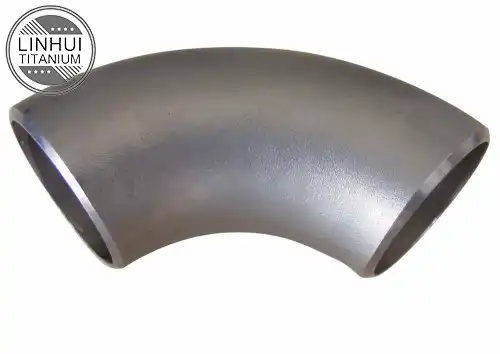What are the commonly used heat treatments for titanium alloys?
Commonly used heat treatment methods for titanium alloys are annealing, solution, and aging treatment. Annealing is suitable for all types of titanium alloys, mainly to obtain the best mechanical properties, eliminate stress, improve plasticity, and stabilize the structure. Solid solution and aging treatment are the main means of strengthening titanium alloys.
1. Stress relief annealing:
The annealing temperature is 100-250°C lower than the recrystallization temperature;
The purpose is to eliminate or reduce internal stress during processing and prevent and reduce deformation. The time required depends on the cross-sectional size of the workpiece, its machining history, and the degree of stress relief required.
2. Complete annealing:
Also known as recrystallization annealing
The annealing temperature is close to between the recrystallization temperature and the β transformation point. Recrystallization mainly occurs during the annealing process, and the temperature is higher than the recrystallization temperature of the alloy.
The purpose is to reduce hardness, improve plasticity, stabilize structure, and improve processing performance. The type, temperature, and cooling method of annealing vary among the various types of titanium alloys.
3. Double annealing
It includes two annealings at high temperature and low temperature, and air cooling after annealing; the high temperature is 20-160℃ below the β transformation point, and the low temperature is 300-500℃ below the phase transformation point.
The purpose is to improve the plasticity, fracture toughness, and stable structure of the alloy
4. Isothermal annealing
The special form of double annealing is first heated to 20-160°C below the β-transition point and then transferred to a low-temperature furnace (600-650°C) for insulation, and then air-cooled to room temperature.
It is suitable for titanium alloys with a high content of β-stabilizing elements and uses slow cooling to fully decompose the β-phase.
The purpose is to obtain a stable organization.
5. Solid solution treatment
It is heated above the transformation temperature of the α+β two-phase zone and 28-83°C below the β transformation point. In special circumstances, it can also be heated above the β transformation point and then quenched.
The purpose is to obtain a high proportion of age-strengthened metastable beta phase.
6. Aging treatment
Generally heated between 425-650℃, the aging temperature and aging time can be determined according to the age hardening curve;
The purpose is to promote the decomposition or precipitation of the metastable β phase, thereby improving the strength of the alloy.







